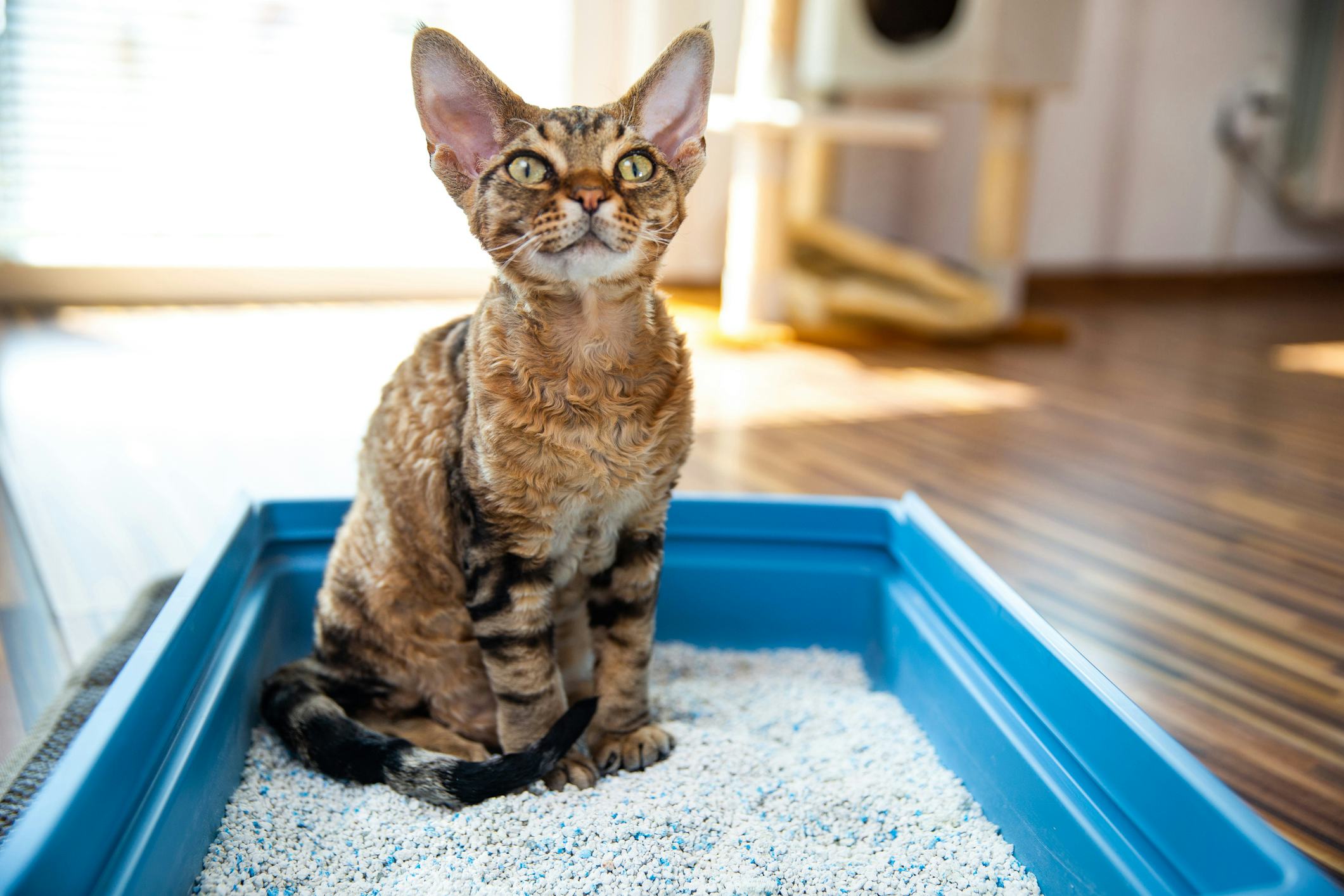The article below relating to How to Dispose of Cat Poop and Litter Without Plastic Bags is totally stimulating. Read it yourself and see what you think about it.

Intro
As feline owners, it's vital to be mindful of just how we get rid of our feline buddies' waste. While it might seem hassle-free to flush feline poop down the commode, this practice can have destructive consequences for both the atmosphere and human health and wellness.
Ecological Impact
Purging cat poop introduces dangerous pathogens and parasites right into the water system, presenting a significant risk to aquatic communities. These pollutants can adversely influence marine life and concession water high quality.
Health Risks
Along with ecological problems, purging feline waste can likewise posture wellness dangers to people. Cat feces might contain Toxoplasma gondii, a bloodsucker that can cause toxoplasmosis-- a possibly extreme disease, particularly for expecting females and people with weakened immune systems.
Alternatives to Flushing
Thankfully, there are safer and more responsible methods to take care of pet cat poop. Consider the adhering to choices:
1. Scoop and Dispose in Trash
The most usual method of taking care of cat poop is to scoop it right into a naturally degradable bag and toss it in the trash. Make sure to make use of a specialized litter inside story and get rid of the waste without delay.
2. Usage Biodegradable Litter
Select naturally degradable pet cat litter made from materials such as corn or wheat. These trashes are eco-friendly and can be securely disposed of in the garbage.
3. Hide in the Yard
If you have a lawn, think about hiding pet cat waste in an assigned location away from vegetable gardens and water resources. Make sure to dig deep sufficient to prevent contamination of groundwater.
4. Install a Pet Waste Disposal System
Buy an animal garbage disposal system particularly created for pet cat waste. These systems make use of enzymes to break down the waste, decreasing smell and ecological effect.
Conclusion
Responsible animal ownership prolongs beyond supplying food and sanctuary-- it likewise entails proper waste management. By refraining from flushing cat poop down the commode and opting for alternative disposal approaches, we can reduce our environmental impact and secure human health.
Why Can’t I Flush Cat Poop?
It Spreads a Parasite
Cats are frequently infected with a parasite called toxoplasma gondii. The parasite causes an infection called toxoplasmosis. It is usually harmless to cats. The parasite only uses cat poop as a host for its eggs. Otherwise, the cat’s immune system usually keeps the infection at low enough levels to maintain its own health. But it does not stop the develop of eggs. These eggs are tiny and surprisingly tough. They may survive for a year before they begin to grow. But that’s the problem.
Our wastewater system is not designed to deal with toxoplasmosis eggs. Instead, most eggs will flush from your toilet into sewers and wastewater management plants. After the sewage is treated for many other harmful things in it, it is typically released into local rivers, lakes, or oceans. Here, the toxoplasmosis eggs can find new hosts, including starfish, crabs, otters, and many other wildlife. For many, this is a significant risk to their health. Toxoplasmosis can also end up infecting water sources that are important for agriculture, which means our deer, pigs, and sheep can get infected too.
Is There Risk to Humans?
There can be a risk to human life from flushing cat poop down the toilet. If you do so, the parasites from your cat’s poop can end up in shellfish, game animals, or livestock. If this meat is then served raw or undercooked, the people who eat it can get sick.
In fact, according to the CDC, 40 million people in the United States are infected with toxoplasma gondii. They get it from exposure to infected seafood, or from some kind of cat poop contamination, like drinking from a stream that is contaminated or touching anything that has come into contact with cat poop. That includes just cleaning a cat litter box.
Most people who get infected with these parasites will not develop any symptoms. However, for pregnant women or for those with compromised immune systems, the parasite can cause severe health problems.
How to Handle Cat Poop
The best way to handle cat poop is actually to clean the box more often. The eggs that the parasite sheds will not become active until one to five days after the cat poops. That means that if you clean daily, you’re much less likely to come into direct contact with infectious eggs.
That said, always dispose of cat poop in the garbage and not down the toilet. Wash your hands before and after you clean the litter box, and bring the bag of poop right outside to your garbage bins.
https://trenchlesssolutionsusa.com/why-cant-i-flush-cat-poop/

I was guided to that article about Can You Flush Cat Poo or Litter Down the Toilet? through an acquaintance on another website. Do you know another individual who is in the market for the subject? Why not share it. Thanks a bunch for your time. Visit again soon.
Book Maintenance